Sudeck’s Atrophy (Complex Regional Pain Syndrome)
Introduction
- Sudeck’s atrophy is an old word for what is now called Complex Regional Pain Syndrome (CRPS). After an injury, surgery, stroke, or heart attack, this constant pain condition usually affects one arm or leg.
- It is characterized by severe pain that is either burning, throbbing, or shooting, and that is beyond proportion to the original injury.Although CRPS can affect any part of the body, the arms and legs are the most frequently affected areas.there are two types of CRPS .
- Type 1 CRPS: This kind of CRPS develops following an illness or injury that did not directly harm the limb’s nerves. Reflex sympathetic dystrophy (RSD) is another name for it.
- Type 2 CRPS: This kind of CRPS develops with a specific nerve damage. Another name for it is causalgia.
Causes for Sudeck’s atrophy
- It is believed that a neurological system malfunction is involved. The following are some of the causes of this malfunction:
- Injury: Even a small injury, like a sprain or fracture, might result in CRPS.
Surgery: Even simple surgical procedures can occasionally cause CRPS. - Stroke: CRPS may develop with a stroke, especially if the affected arm or leg is affected.
- Heart attack: CRPS can occasionally arise following a heart attack.
- Additional medical conditions: Diabetes, thyroid disorders, and autoimmune diseases have all been connected to CRPS.
Pathophysiology
Though the exact mechanisms are still unclear, a number of elements are thought to have been a role in its formation.
- Nerve damage: CRPS may occur as a result of damage to the nerves. An injury, surgery, or other trauma may cause this .
- Inflammation: It is believed that inflammation contributes to CRPS. An injury or other incident may cause the inflammation, which can worsen nerve damage and cause pain.
- Brain and spinal cord alterations: CRPS may result in brain and spinal cord alterations that increase pain. Increased pain sensitivity and modifications to the brain’s pain signal processing are two examples of these alterations.
- Psychological aspects: CRPS may also be influenced by psychological variables including stress and anxiety.These elements can worsen the discomfort and make managing the condition more challenging.
- Increased pain sensitivity: Individuals with CRPS frequently experience pain more intensely than those without the disorder. Changes in how the brain interprets pain impulses are assumed to be the cause of this.
- Alterations in the sympathetic nervous system: The sympathetic nervous system regulates a number of the body’s natural processes, including blood pressure and heart rate. Pain, edema, and other symptoms may result from an overactive sympathetic nervous system in CRPS.
- Inflammation: It is believed that inflammation contributes to CRPS. An injury or other incident may cause the inflammation, which can worsen nerve damage and cause pain.
- Bone loss: In the affected location, CRPS may cause bone loss. This may weaken the bones and raise the possibility of fractures.
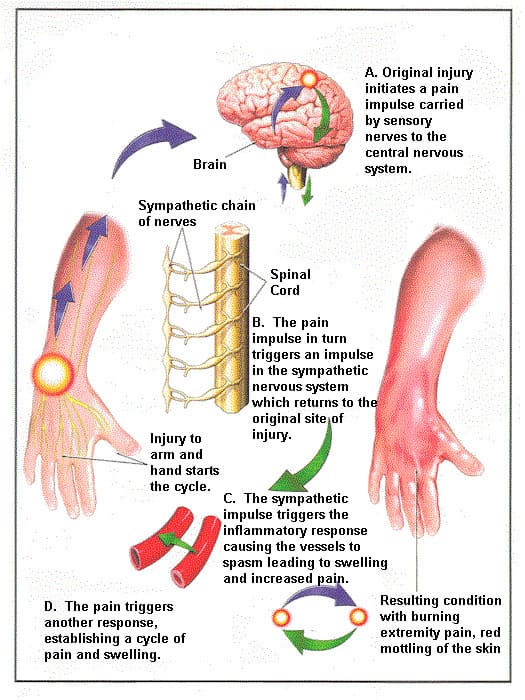
Sign and Symptoms of sudeck’s atrophy
- Pain: Depending on the underlying reason, muscular atrophy may be accompanied by stiffness or neck pain.
- In the event that nerve damage is the cause of the atrophy, you may feel numb, tingly, or have radiating pain in your arms, shoulders, or neck.
- Visible Muscle Loss: A noticeable reduction in the size and shape of the neck muscles is the most obvious symptom. The neck may appear slimmer or less toned as a result.
- Weakness: Muscle weakness may be evident if you have trouble raising your head, twisting it, or making other neck motions.
- Voice Changes: Atrophy of the neck muscles can occasionally impact the voice box, resulting in a weak or harsh voice.
Stages of CRPS syndrome
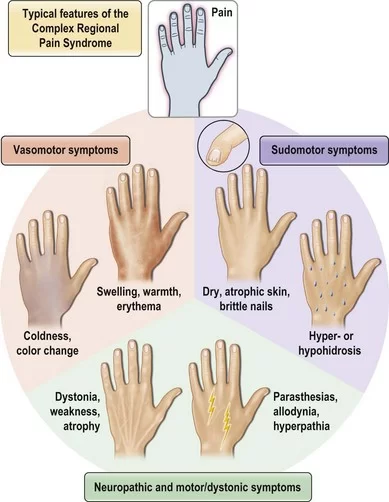
- Acute Stage 1 (up to 3 months): Heat, redness, swelling, and severe burning or throbbing pain in the affected limb are symptoms of this stage. Sweating, altered nail and hair growth, and sensitivity to touch are possible side effects.
- Dystrophic stage 2 (three to twelve months): In addition to the swelling possibly spreading, the pain gets worse and more persistent. More noticeable changes to the skin include dryness, coldness, and a glossy look. There may also be joint stiffness and muscle atrophy.
- In the 3 stage, known as atrophic (lasting longer than a year), the pain may lessen in severity but may still be there.
- Significant muscle atrophy, contractures (tightening of muscles or tendons), and restricted movement may be present in the affected limb. The skin may feel cool to the touch, be thin, and be pale.
Diagnosis
- Medical History and Physical Examination: Your physician will inquire about your symptoms, including where, how much, and how long you have been in pain, as well as any prior surgeries or injuries. In order to check for symptoms including edema, skin changes, and restricted movement, they will also perform a comprehensive physical examination.
- Budapest Criteria: To assist diagnose CRPS, doctors frequently employ a set of diagnostic standards known as the Budapest Criteria. These requirements center on the existence of particular symptoms and indicators, like:
- Persistent discomfort that is out of proportion to the original injury
Changes in the senses (such as touch sensitivity and temperature changes)
Skin alterations (such as swelling, color shifts, and temperature variations)
Motor/trophic alterations (e.g., altered nails or hair, reduced mobility) - Eliminating Other Conditions: Because CRPS can resemble other illnesses, your doctor will probably prescribe tests to rule out other potential reasons for your symptoms.
- These assessments could consist of:
- Testing for infections or other underlying disorders using blood
- Looking for bone fractures or other structural issues with X-rays ,
- To evaluate nerve function, nerve conduction studies
- To view tissues and rule out other disorders, use MRI.
The following are the diagnostic standards for complex regional pain syndrome I (RSDS) as listed by the International Association for the Study of Pain (IASP):
- Persistent discomfort that is out of proportion to any trigger. This indicates that the pain is either significantly worse or lasts longer than would be predicted given the original injury or incident that caused it.
At least one symptom from three of the four categories listed below:
- Sensory: Allodynia (pain from a stimulation that wouldn’t typically induce pain) and/or hyperesthesia (increased sensitivity to touch).
- Vasomotor: Skin color changes and/or asymmetry, and temperature asymmetry (difference in temperature between affected and unaffected limb).
- Edema (swelling), alterations in sweating, and/or asymmetry in sweating are examples of sudomotor/edema.
- Reduced range of motion, trophic alterations (in the skin, hair, or nails), and/or motor dysfunction (weakness, tremor, or dystonia) are examples of motor/trophic disorders.
- At least one sign was present in two of the four categories listed below at the time of evaluation:
- Sensory: Allodynia to light touch, temperature perception, deep somatic pressure, and/or joint movement; hyperalgesia (increased pain response to a painful stimulus) to pinprick.
- Vasomotor: Skin color changes, asymmetry, and/or temperature asymmetry (> 1°C).
- Sudomotor/edema: Sweating asymmetry, alterations in sweating, and/or edema.
- Reduced range of motion, motor dysfunction (weakness, tremor, or dystonia), and/or trophic alterations (in the skin, hair, or nails) are examples of motor/trophic disorders.
Treatment
- Reducing pain and restoring function to the affected limb are the main objectives of treatment for Complex Regional Pain Syndrome (CRPS), which aims to enhance the patient’s quality of life.
- This calls for a comprehensive approach that takes into the condition’s psychological, emotional, and physical components.
Medical Treatment
- pain relievers: For minor discomfort, over-the-counter medications such as acetaminophen or NSAIDs (such as ibuprofen) may be helpful. Opioids may be prescribed by doctors for more severe pain, but because of the possible adverse effects and addiction dangers, they are generally not advised for long-term usage.
- Topical analgesics: Pain and sensitivity in the affected area can be lessened with creams or patches that include lidocaine or capsaicin.
- CRPS-related nerve pain can be managed with antidepressants and anticonvulsants, which were first created for other ailments.
- In certain situations, corticosteroids may be administered to lessen inflammation.
- Medication for bone loss: Bisphosphonates and other drugs may be recommended if CRPS has caused a decrease in bone density.
Surgical treatment
- The first line of treatment for Complex Regional Pain Syndrome (CRPS) is typically not surgery. Nonetheless, surgical procedures might be taken into consideration in some particular circumstances.
- Nerve decompression surgery
- Spinal cord simulators
- Sympathectomy
- Amputation
Physiotherapy treatment
- It uses a variety of methods and exercises to lessen pain, enhance function, and avoid impairment. Physiotherapy can help with CRPS in the following ways:
Handling Pain:
- Easy mobility and stiffness-reduction workouts
- Methods for modifying pain signals include TENS (Trans cutaneous Electrical Nerve Stimulation).
- Techniques for desensitization to lessen temperature and touch sensitivity
- To retrain the brain and lessen the sense of pain, use graded motor imagery (GMI).
Function Restoration:
- Activities to increase coordination, strength, and range of motion
- Exercises that enhance proprioception (body awareness) and balance
- Exercises that are useful for everyday chores and activities
Additional Methods:
- Using manual therapy to treat muscular imbalances and joint limitations
- Compression treatment and elevation mirror therapy are two edema management strategies that might enhance motor function and lessen pain.
Latest treatment
- One form of neuromodulation therapy that can be used to treat chronic pain, including CRPS, is dorsal root ganglion (DRG) stimulation.
- It involves implanting a tiny gadget that communicates with the DRG, a group of nerve cells in the spine involved in pain perception, by sending electrical signals.
- People with chronic pain may find relief from the device’s ability to block or hide pain signals by stimulating the DRG.
- Despite being a relatively new treatment, DRG stimulation has demonstrated potential in clinical trials.
- The foot, leg, and groin are among the lower extremities where it is most frequently used to relieve persistent discomfort. For those with CRPS who have not responded to conventional therapies including medicine, physical therapy, or spinal cord stimulation, treatment could be a possibility.
The following are some recent developments in the management of CRPS:
- Deep brain stimulation (DBS): This modifies abnormal brain activity that contributes to pain by surgically implanting electrodes in the brain. DBS is still being investigated for CRPS, however in certain instances, it has showed promise.
- The goal of regenerative therapies is to encourage tissue repair and healing in the region that is affected. The potential of platelet-rich plasma (PRP) injections and other regeneration methods to enhance function and lessen discomfort in CRPS is being investigated.
- Immunomodulatory treatments: Studies indicate that there may be an autoimmune component to CRPS. Potential treatments for CRPS include immunomodulatory therapy, such as drugs that target particular elements of the immune system.
- Targeted drug delivery: This strategy uses topical treatments or injections to deliver drugs straight to the damaged area. This can minimize adverse effects and increase the medication’s effectiveness.
- Virtual reality therapy: This cutting-edge method makes use of virtual reality technology to produce immersive experiences that can help CRPS sufferers feel less pain and perform better.
Other treatment
- Psychological Therapies: Anxiety, depression, and stress are among the mental health issues that CRPS can cause. These problems can be addressed and coping skills can be enhanced with the use of psychological therapies.
- Acupuncture: In order to promote energy flow and lessen pain, tiny needles are inserted into particular body locations.
- Massage therapy can ease stress, promote circulation, and relax muscles.
- Biofeedback: This technique monitors body functions using electronic sensors and teaches people how to control them to lessen discomfort.
Practices based on mindfulness can assist people in reducing their experience of pain and concentrating on the here and now. - Mirror therapy is a treatment that uses a mirror to make the afflicted limb appear to move normally. In CRPS, it can lessen pain perception and aid in brain retraining.
FAQs
What causes CRPS most frequently?
Trauma or injury to the affected limb or other body part typically causes CRPS.
Is it possible to fully heal from CRPS?
Over time, CRPS may resolve on its own. However, the symptoms may persist or worsen in certain individuals.
What is the most effective CRPS treatment?
One of the most crucial CRPS treatment modalities is physical therapy. With specific exercises, a physical therapist can help you improve blood flow to the affected limb and enhance your muscle tone, function, strength, and flexibility.
Which three CRPS stages are there?
Atrophic, dystrophic, and acute CRPS are the three stages into which CRPS is typically divided.
What is the new treatment for CRPS?
For CRPS, dorsal root ganglion stimulation (DRGS) seems to be a potential therapeutic alternative.
References
- Website, N. (2024, March 7). Complex regional pain syndrome. nhs.uk. https://www.nhs.uk/conditions/complex-regional-pain-syndrome/
- Complex Regional Pain Syndrome (CRPS). (2024, July 16). Cleveland Clinic. https://my.clevelandclinic.org/health/diseases/12085-complex-regional-pain-syndrome-crps
- Complex regional pain syndrome (CRPS). (n.d.). Versus Arthritis. https://versusarthritis.org/about-arthritis/conditions/complex-regional-pain-syndrome-crps/
- Nandan, A., MD. (n.d.). Complex Regional Pain Syndrome Type 1 (Reflex Sympathetic dystrophy) Treatment & management: approach considerations, medical care, surgical care. https://emedicine.medscape.com/article/334377-treatment
- Complex Regional Pain Syndrome – OrthoInfo – AAOS. (n.d.). https://orthoinfo.aaos.org/en/diseases–conditions/complex-regional-pain-syndrome-reflex-sympathetic-dystrophy/

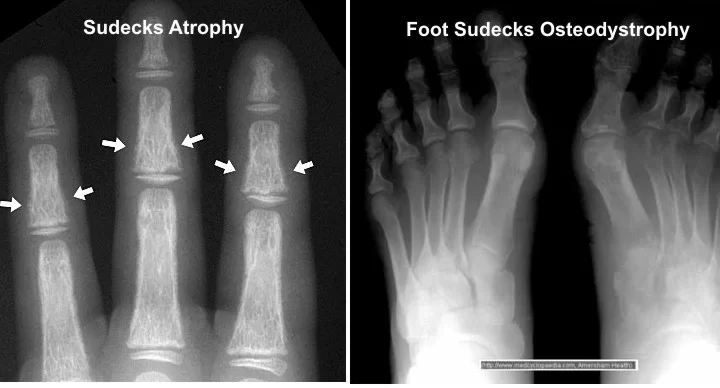

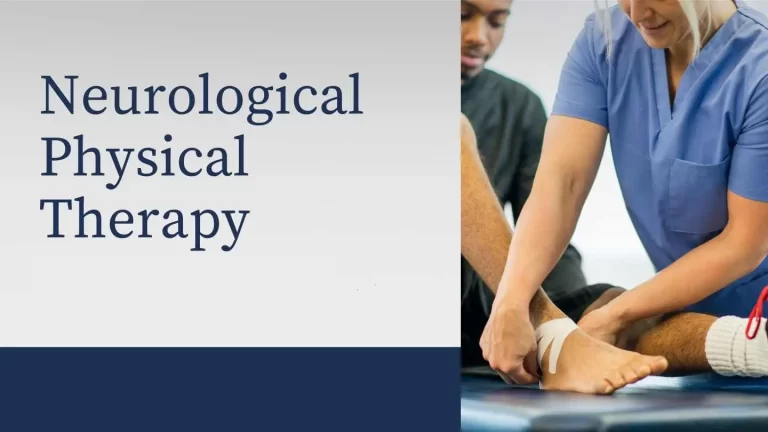
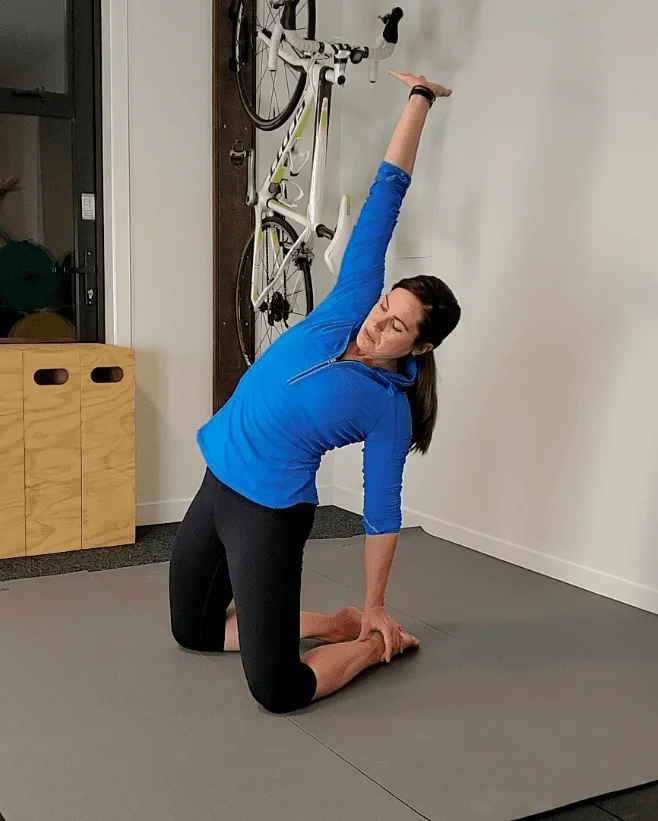
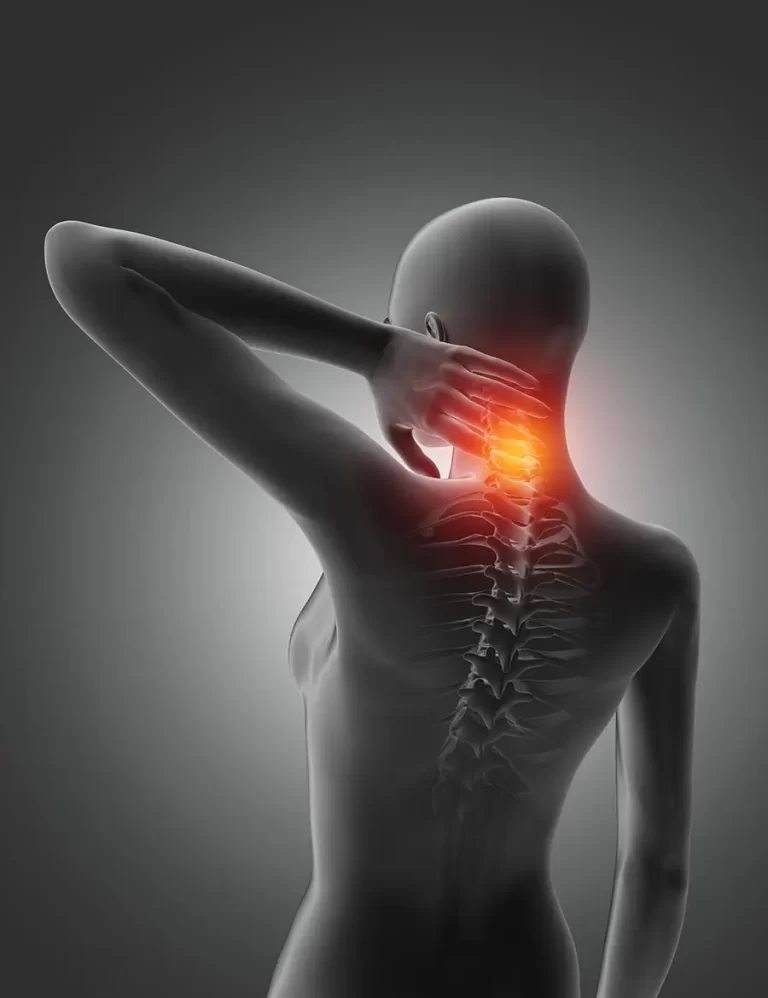
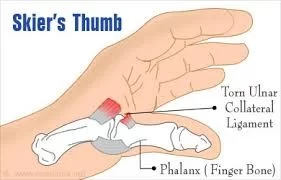
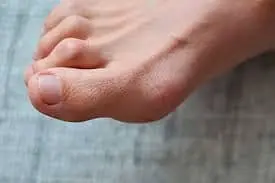
One Comment